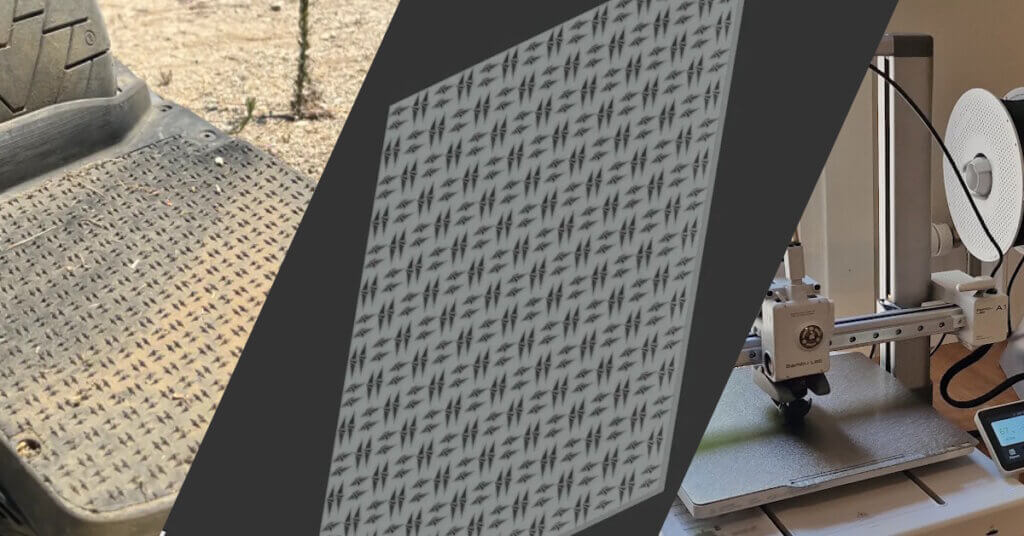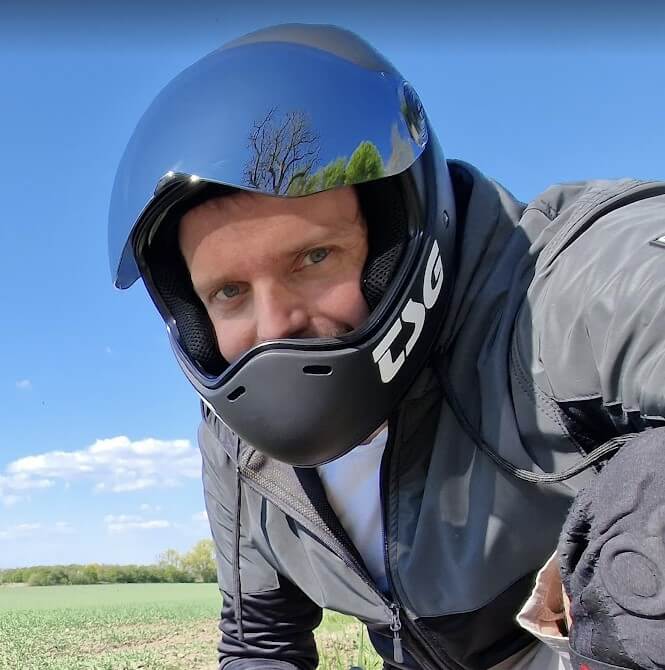In response to the launch of 3D-printed footpads from Stick Feet and all the controversy they have been part of since, there have come up alternatives that you can make at home. All you need is a 3D printer that can print TPU, something most printers can do, like the Bambulab A1. The important thing to remember is that the building surface needs to be X x Y cm to accommodate the footpad.
In short, footpads like Sticky Feet or Death Grip are 3D-printed pads made from TPU, Thermoplastic Polyurethane. You can already use some alternatives from the community, like the PubGrip.
“Patent pending and copyrighted and trademarked PubGrip™. 😆 Spent millions on R&D and months working on making the design perfect (took me ten minutes).”
Maker World Models – PubGrip Maker World Models – PubGrip Alt

PubGrip Maker World Models – PubGrip Alt
The model includes a 1mm and 3mm base version, meaning the base where the spikes sit is either 1mm or 3mm thick. Each version is available in a 320×320 mm or 250×250 mm size. The 250×250 version should fit Bambu print beds without any issues if the settings are modified to unlock the full bed volume. More details can be found in this guide.
For creating a printable pad shape, it is recommended to use a griptape template in CAD rather than cutting it straight. The .dxf file can be used to extrude an object, then intersect them to get a pre-shaped printable PubGrip file. The griptape template can be found here.
The spikes are 3mm tall from the top side of the base, providing excellent penetration into the bottoms of shoes.
When printing, it is important to dry the TPU and print slowly. It is also possible to pause at specific layer heights for multicolor or material action. Using 72D TPU for the spikes and 95a for the base results in a very grippy surface. To achieve a more foam-like feel, using ~80a for the base can be tried.
What Filament to Use:
The best filament is TPU (thermoplastic polyurethane) with a marking of 85a or 95a. TPU is a versatile and durable elastomer that combines the best properties of rubber and plastic. Here are some key reasons why TPU is an excellent choice for grip pads:
1. Flexibility and Elasticity: TPU offers a high degree of flexibility and elasticity, which makes it perfect for grip pads that need to conform to various surfaces. This flexibility ensures a comfortable and secure fit, enhancing the user’s experience.
2. Durability and Resilience: TPU is known for its exceptional durability and resistance to wear and tear. Grip pads made from TPU can withstand frequent use and rough conditions, ensuring they remain effective over time.
3. Superior Grip: The rubber-like texture of TPU provides excellent traction and grip. This is especially important for footpads, as it ensures stability and reduces the risk of slipping, whether you’re riding on smooth pavement or tackling rugged trails.
4. Shock Absorption: TPU has inherent shock-absorbing properties, which can help cushion impacts and reduce strain on your feet and joints. This makes it a great material for activities that involve a lot of movement or impact.

As the DIY community continues to grow, more creative and cost-effective solutions for footpads are likely to emerge. Enthusiasts are sharing their designs, tips, and experiences, helping to foster an innovative and supportive environment.
Tips for Optimal 3D Printing:
- Printer Settings: Ensure your 3D printer’s settings are optimized for TPU. This includes the right temperature, print speed, and bed adhesion techniques.
- Design Tweaks: Consider customizing the footpad design to better suit your needs. Slight adjustments can improve comfort and performance.
- Post-Processing: After printing, some post-processing steps like sanding or applying a grip-enhancing surface can make a big difference in usability.
In conclusion, while Stick Feet and similar products have paved the way, the power of community-driven innovation is enabling individuals to create their own high-quality footpads at a fraction of the cost. With the right tools and knowledge, anyone can join this movement and contribute to the evolving world of DIY 3D-printed footpads.


